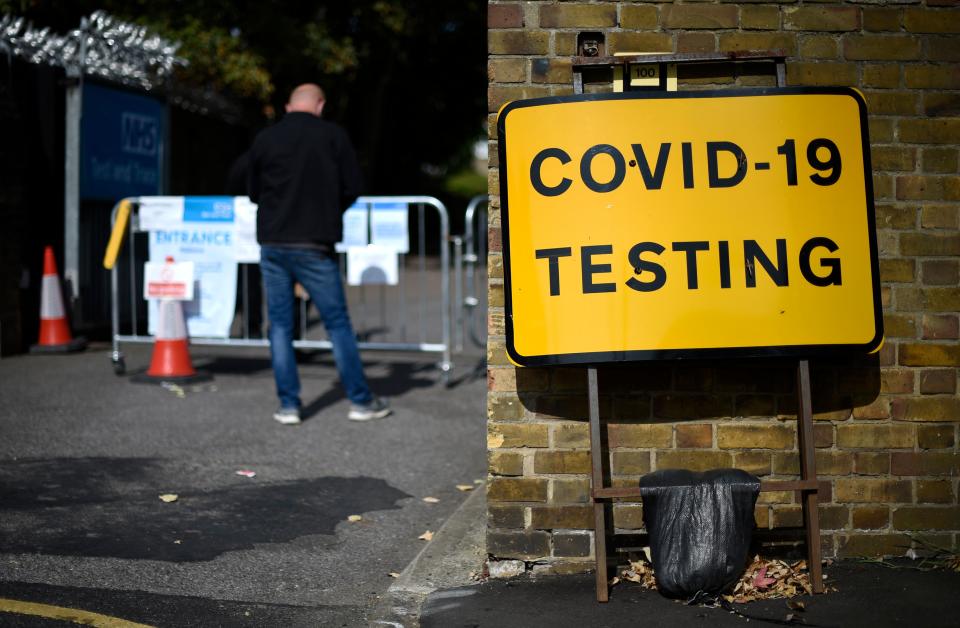This is who can get a coronavirus test under the government's 'rationing' system

Government releases seven-point coronavirus testing ‘rationing’ list
Hospital patients to get top priority
Testing rationed amid continued struggles with capacity and demand
Hospital patients are to be given top priority for COVID-19 testing, the government has announced.
Meanwhile, people who have coronavirus symptoms but live in areas of lower transmission will be bottom of the Department of Health’s new rationing list for testing.
It has been issued as the government continues to struggle with testing capacity and demand, with Test and Trace chief Dido Harding having admitted last week that up to 75% of people wanting a test have been unable to get one.
Watch: Chief scientific adviser warns there could be 50,000 new daily coronavirus cases by mid-October
The government currently has a testing capacity of 253,521, with priority to be given in the following order:
Hospital patients including all new admissions
Residents and staff in care homes
NHS staff including GPs and pharmacists
Targeted testing for outbreaks in high-risk settings such as workplaces, and surveillance studies to understand more about the virus
Teaching staff with symptoms
General public when they have symptoms, with prioritisation for those in areas which have high incidences
General public when they have symptoms, regardless of where they live
Health secretary Matt Hancock urged people without symptoms not to book tests amid the struggles with high demand.
He told MPs in the House of Commons: “We need to prioritise the tests for those who need them most, to save lives, protect the most vulnerable and make sure our health and care services and our schools can operate safely.”
Problems have included huge queues for tests, people reporting they have been unable to get tests, and others being offered tests hundreds of miles from their homes.
Hancock admitted in the House of Commons last week that the issues will take “weeks” to solve, while Boris Johnson promised testing capacity would hit 500,000 a day by the end of October.
Read more: 5 biggest warning signs coronavirus could get much worse this winter
The government has come under fire for not increasing testing capacity during the quieter summer months, with new infections having spiked in September.
A further 4,368 daily cases were confirmed on Monday (21 September), compared to 445 on 21 July.
The Joint Biosecurity Centre subsequently recommended the UK’s COVID-19 alert level be increased to Level 4, meaning transmission of the virus is “high or rising exponentially”.
Watch: What are the current UK government guidelines on face coverings within schools?
Coronavirus: what happened today
Click here to sign up to the latest news and information with our daily Catch-up newsletter

 Yahoo Sports
Yahoo Sports 
